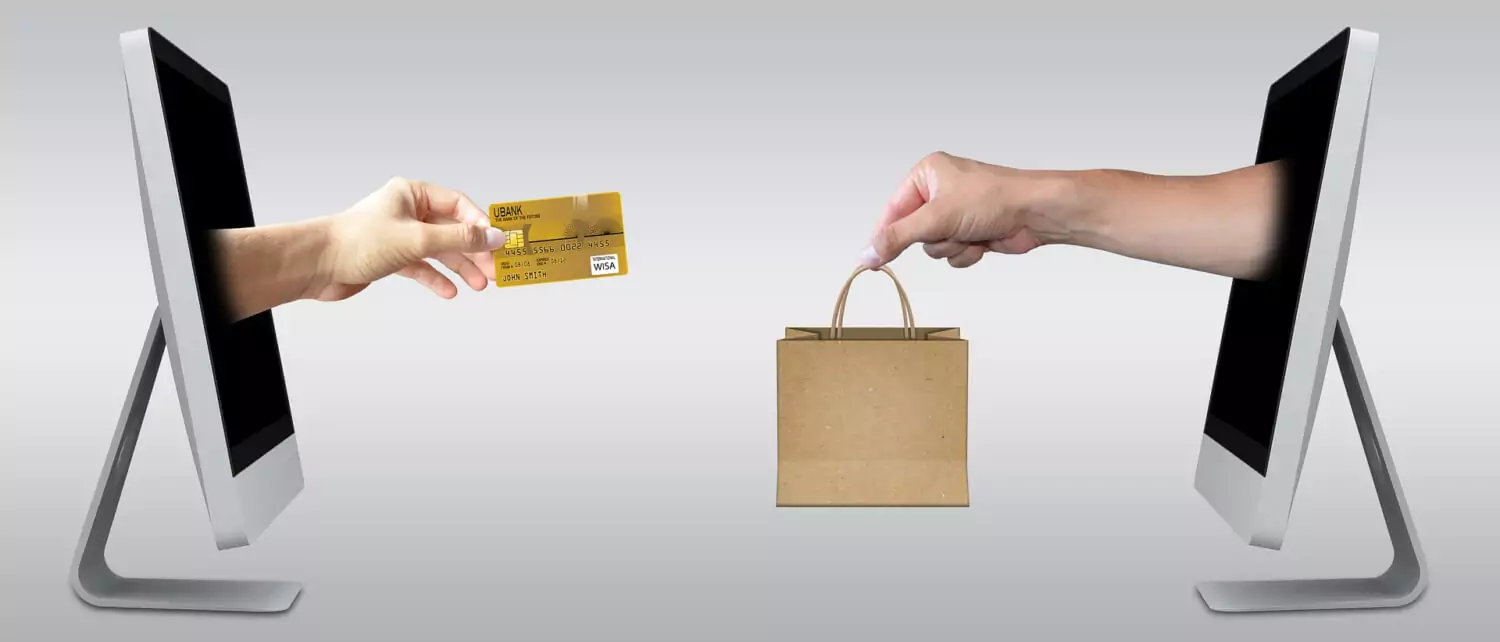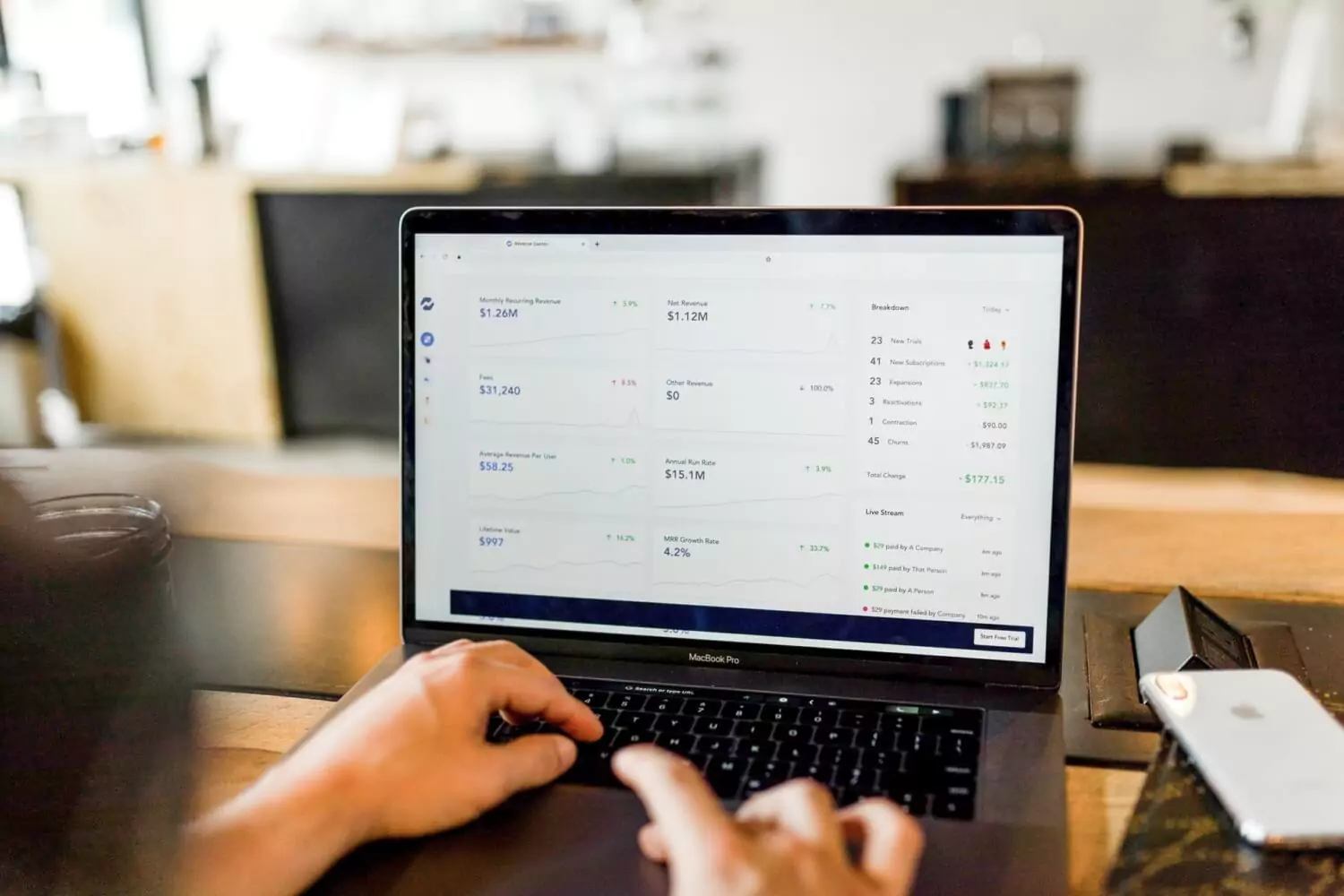Originally published May 17, 2019 , updated on September 9, 2024
The concept of a Software-as-a-Service (SaaS) business model may be well-known by now. But not many people realize that SaaS businesses live and die by their Monthly Recurring Revenue.
For companies who follow this unique business model, MRR is their lifeblood and lately, it is only growing in popularity.
For those wondering, “but why?” – by 2023, the SaaS market is predicted to grow at a compound annual rate of 17%, with the industry as a whole expected to grow over $60 million by next year. These development and stability numbers are bringing tech companies flooding to the model.
Unfortunately, even though MRR as a metric is fairly clear, it is not devoid of challenges, which companies attempting to adopt the model ought to be aware of.
Before we talk in-depth about MRR and some strategies for growing it, let’s get the basics out of the way.
Understanding Monthly Recurring Revenue (MRR)

MRR, simply put, is a monthly figure which regularizes all of your company’s recurring revenue. It measures expected and recurrent SaaS-generated incomes and helps you to track pricing plans and billing periods over time in a straightforward manner.
Giving an accurate status update on your company’s performance, MMR also helps to predict the future state of your business, and your game plan.
Calculating MRR
There are two primary ways to assess MRR: using the Average Revenue Per Account, or the Customer by Customer method.
The Average Revenue Per Account (ARPA) method is fairly straightforward. It is usually considered preferable to the Customer by Customer method.
With ARPA, the total number of paying customers is multiplied by the average amount your customers pay each month. Therefore, with five paying customers each paying an average of $100 per month, your MRR would be $500 (MRR = 5 x $100).
In Excel format, this would look like: MRR = (ARPA) * (Total No of Paying Customers).
With the Customer by Customer method, all you require is to add up the monthly fee paid by each customer. It means that if one customer is paying $200 a month and another is paying $100, your MMR would be $300.
The problem with this method is that it is time-consuming and monotonous. Because customers will subscribe to different packages and plans, paying varying amounts.
In a Excel format, this would look like: MRR = SUM (Monthly fees of Paying Customers)
Types of Monthly Recurring Revenue (MRR)
There are four categories of MRR a business can receive monthly.
-
New MRR: the revenue received from new customers. For example, if 30 new customers are acquired, each paying $100, and 10 new customers paying $150, your New MMR for that month would be $4500.
- Churned MRR: representing the recurring revenue lost from cancelled accounts or package downgrades. If, one month, there two cancellations of $100 each, and two plan downgrades of $50 each, your Churned MMR for that month would be $400. It means that your MRR will be $400 lower the next month.
Expansion MRR: representing the recurring revenue gained when users by new features or upgrade their accounts. Should four customers upgrade from a $100 package to a $200, your Expansion MRR for that month would be $400
Reactivation MRR: when previous customers reactivate their subscriptions. If two two lapsed customers reactivate their subscriptions, paying $200 per month, your Reactivation MRR for that month would be $400
Growing the MRR of Your SaaS Business
Onto the good stuff, once your business goes the SaaS route, maintaining and incrementing your MMR becomes your primary goal. That’s because MRR is a direct reflection of how profitable your current business strategy is.
Luckily, there are a few tried and true strategies you could consider implementing. Below is an overview of the 10 most popular strategies for growing your MMR.
1. Focusing on High-Quality Offerings and Value Perception
Product quality should be the number one priority in SaaS models. Because it is the primary factor that customers will assess when choosing whether or not to subscribe. Once the qualitative value of your offering satisfies you, you must convey the value clearly to your customer base.
A good starting point for this is having a Unique Selling Proposition (USP). It sets you apart from the competition and is capable of standing on its own.
Effective and constant communication is vital for this strategy. You should make sure to inform your customers about your service, products, their benefits, and how they’ll impact their lives positively rather than pitching power words and tech jargon in an effort to impress.
High-quality services paired with honest and clear communication is a surefire way to keep your subscriptions active and your MRR growing.
2. Increase Your Pricing Targets
Though it may sound counterintuitive, underpricing is a challenge that many SaaS companies face. Especially when there isn’t a solid pricing strategy backing up their business models or business founders become self-conscious about their prices — when concerns for public perception or outright rejection of their services makes them choose to underprice their offerings.
Underpricing a quality product which provides useful functions and value can actually hinder its perceived value, which can unnecessarily hurt your business.
You needn’t worry about losing customers after raising prices. As long as you offer a value-based service, especially if it was undervalued in the first place.
Businesses who employ this strategy often see their conversion rates and growth improve drastically, with a dramatic positive impact on their MRR.
3. Apply Effective Expansion Tactics (Upsells) for Better MRR

A self-sustaining SaaS business needs to Periodically increase revenue from the existing customer base, and for this, a good expansion tactic is needed.
Offering upgrades on current products can increase customer retention which is cheaper than trying to capture new customers.
Some simple, effective tactics for Upselling on a SaaS model include:
-
Offering extra features for increased fees
-
Suggesting more expensive (premium) plans and services
-
Offering customized upgrades to different subscrip
tion tiers or types of clients -
Creating advertisements and marketing funnels which suggest upgrades to existing clients.
When launching a SaaS product, keep in mind how you can continue to add value to it.
4. Maintain a Healthy Stream of New Customers
Though this may seem obvious, many SaaS companies neglect this part of their strategy. Increased customer acquisition numbers come from constantly generating qualified leads. It bears mentioning due to the inherent difficulty of getting new subscriptions vs. improving earning from existing ones.
Unfortunately, relying exclusively on revenue from your existing client base means you’ll eventually end up alienating them.
A good approach for getting new customers is identifying your target group and focusing your marketing pushes accordingly, tailoring your efforts to appeal to their wants and needs specifically.
Once you put an effective customer acquisition strategy in play, your business MRR will grow exponentially.
5. Split Your Features
If all of your service’s features are being offered in one package, you are literally leaving money on the table.
On average, customers ignore most elements in a SaaS package as they pick and choose the features they need. Therefore, you should establish a core service. It should be a baseline product with no additional features, with extras added as add-on services or different packages.
This gives you a reliable strategy for splitting your SaaS features to bring in more revenue by offering upgrades on your packages for those who would want them.
6. Offer Yearly Prepayment Plans

With an annual prepayment plan, customer retention numbers increase dramatically. Unfortunately, enticing customers to opt-in for yearly plans can be relatively challenging. So it is important to sweeten the deal by offering decent discounts or other extras. It helps to incentivize customers to commit for a longer period than they are used to.
7. Do Not Neglect Customer Support In Your MRR
Many SaaS companies underestimate the impact that reliable customer support can have on their MRR. Simply put, if your customers feel valued and cared for, your MRR maintains and increases.
One excellent way for SaaS companies to increase their overall revenue is to optimize their current customer support strategy. They should ensure customers are taken care of and are receiving individualized attention. You can achieve this by subcontracting customer support to a dedicated (and trustworthy) third party.
8. Avoid Free Trials
While it may be a common default practice among software companies, free plans might hurt your MRR.
Though there is value in allowing customers to test your service without commitment, there are no guarantees that the customer will be retained after the free trial ends.
Unfortunately, when you offer too much for free, upgrade rates decrease. Consequently, using time-restricted free trials or lowering free plan features has proven to increase upgrade rates in turn.
MailChimp and Dropbox are good examples of this strategy, offering freemium plans which limit customers to less than 2000 subscribers or charging customers based on the amount of storage they use.
Similar tactics can leads to a lessened impact on your MRR, and increase the conversion rates in one fell swoop.
9. Avoid Unlimited Plans
Providing unlimited plans is a mistake many software companies make, and usually points to a severe underpricing of the product.
If you are providing high-quality value, underpricing can be a costly mistake that leads to satisfied customers using your services for a fraction of what they would otherwise gladly pay.
10. Provide Complementary Products (Add-ons)

As your SaaS company grows, so too will your product catalogue, to a point where offering complementary products makes sense.
Offering add-on services or including them in premium plans is an excellent way to increase customer acquisition and revenue. Also as is offering discounted prices for these premium plans and add-ons to motivate your customer base to upgrade.
At the End of the Day…
The best way for SaaS companies to continue improving their revenue stream is to understand MRR. Also, to purposely apply strategies to keep it increasing. As such, keeping an eye on your MMR becomes an essential aspect of doing business.
Leading to valuable insights into your company development, as well as the effectiveness of marketing strategies and pricing, understanding these metrics and learning to leverage them helps companies to become agile, gaining them substantial market advantages. It’s a sure way to be able to offer better products and services to their customers.
Post Views: 1323


















